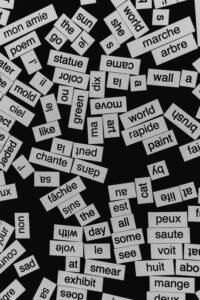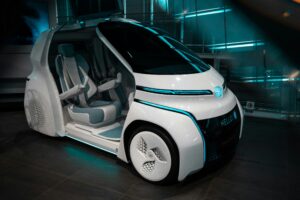As technology continues to advance at a rapid pace, one of the most intriguing developments that has captured the attention of businesses and consumers alike is the rise of virtual influencers. These digital avatars, created using artificial intelligence and computer-generated imagery, have been making waves in the marketing and entertainment industries.
With their immaculate appearances and carefully curated personalities, virtual influencers like Lil Miquela and Shudu Gram have amassed millions of followers on social media platforms, collaborating with major brands and appearing in advertising campaigns. Despite not being real people, these virtual influencers have generated substantial revenue through endorsements and sponsorships.
While some skeptics question the authenticity and ethical implications of virtual influencers, proponents argue that they offer a new and innovative way for brands to engage with audiences in an increasingly digital world. As technology continues to blur the lines between fantasy and reality, it raises questions about the future of influencer marketing and the role of human influencers in a landscape increasingly dominated by their digital counterparts.
Ultimately, the rise of virtual influencers signals a shifting paradigm in how we interact with technology and the way we consume content. As businesses and marketers continue to explore the possibilities of AI-driven avatars, it will be fascinating to see how virtual influencers shape the future of influencer marketing and redefine our notions of authenticity and influence in the digital age.



